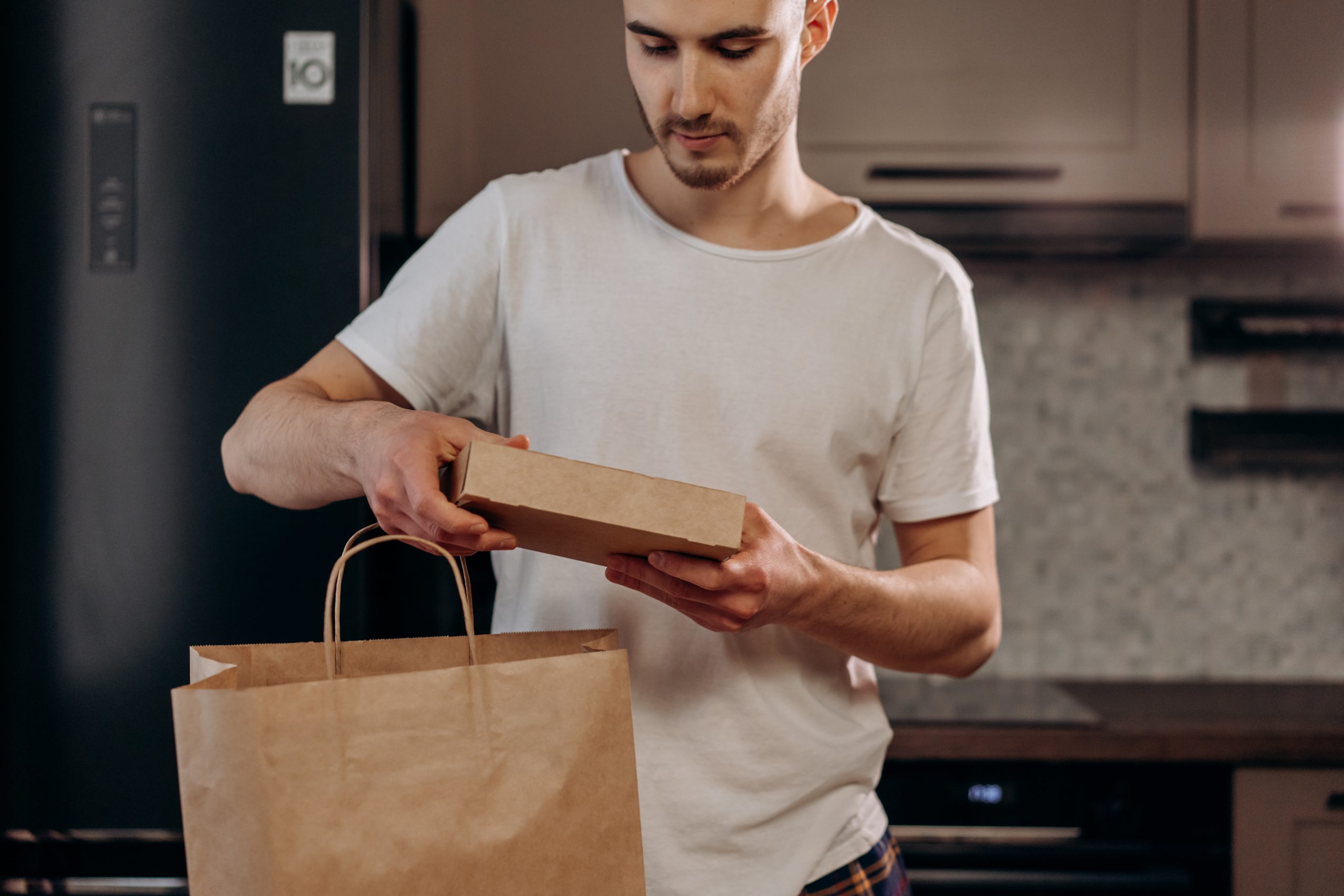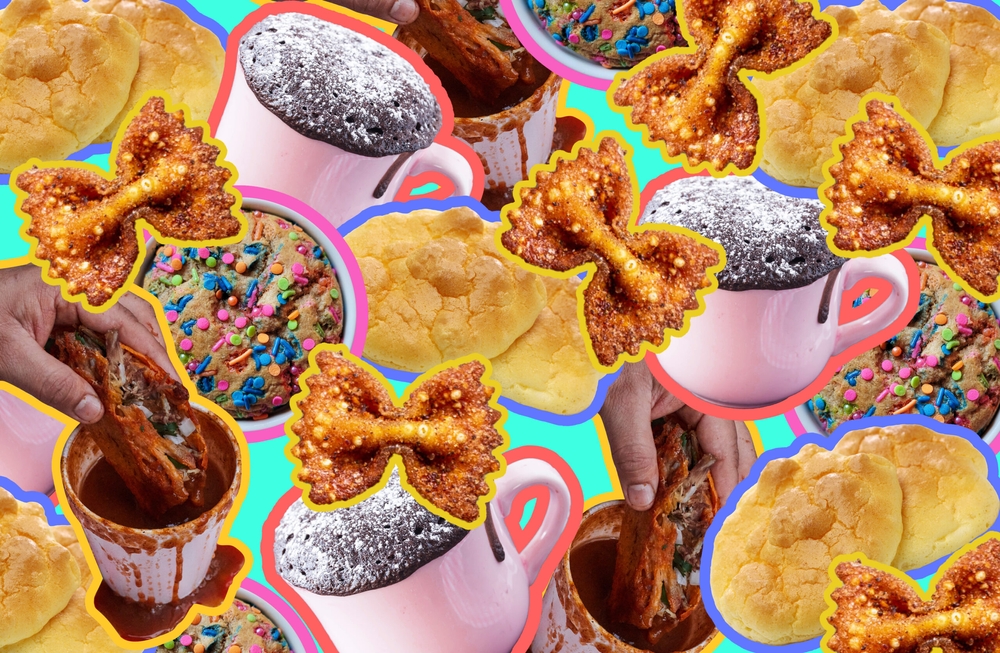Catalyzed by the pandemic, demands for rapid home delivery have grown considerably of late. But many companies that offer such “instant gratification” are struggling to remain profitable while accounting for the high fees such services usually demand.
By 2025, online food delivery is expected to grow to a 21% share of the total restaurant market. Restaurants, therefore, must get creative if they expect to fulfill on-demand ultrafast delivery expectations while still turning a profit.
The Balancing Act of Third-Party Deliverers
Third-party delivery platforms can be of great benefit to retail food businesses as they expand their delivery radius and customer base. Small businesses in particular may enjoy a surge in volume by implementing these services.
And yet, while these third-party delivery services – such as DoorDash and GrubHub – allow businesses to meet customers’ expectations, they can also burden businesses with heavy costs. These services sometimes charge a restaurant as much as 30% on every order, alongside a delivery fee for customers as well.

For larger chains, the increase in business can be enough to offset the costs of implementing these third-party services, but for many smaller businesses, these high costs are unsustainable, making it even tougher to keep up.
The Benefits of Drone Delivery
Drone delivery can help restaurants meet rising on-demand expectations by making faster, safer, and more sustainable last-mile fulfillment accessible to restaurants and retailers of any size, all while eliminating the often prohibitive fees that come with traditional third-party deliverers. This frictionless end-to-end experience is especially crucial for small business with tight margins.
Rather than facing a tradeoff between financial stability and customer satisfaction or vice versa, restaurants can instead focus on fulfilling orders while an automated service takes care of all the logistical aspects of delivery – from maintenance, staffing, insurance and liability, to the actual deliveries themselves, which are flown securely and directly to the consumer before being gently lowered to the ground using a tether mechanism.
These unmanned aircraft are designed specifically with the customer experience in mind – quicker delivery time begets fresher food and happier customers. A single drone operator can monitor multiple delivery orders at once, and for businesses, that translates to lower delivery costs.
In suburban areas, compared to a traditional courier who can generally complete only two deliveries per hour because of traffic and long distances, a drone operator can make around 10 deliveries in that same timeframe. With delivery times averaging less than three minutes, morning coffees arrive piping hot and ice cream is served cold, all for a lower price and no obligation to tip. Indeed, drone delivery services in these areas are becoming increasingly viable each day.
Otter + Autonomous Drone Delivery = A Perfect Match
This brings us to the new integration between Flytrex, the leading on-demand drone delivery service for food and retail, and Otter’s order management system, which will grant eligible Otter customers access to speedy drone delivery directly on their point of sale.
Flytrex’s service will be presented as a third-party delivery provider on the restaurant’s order management tablets alongside other services. Small local businesses which utilize Otter’s technology can use this autonomous service in just one click, reaping the benefits of affordable ultrafast delivery.
Economic and logistical pitfalls may be bogging down businesses on their quest to provide ultrafast delivery and instant gratification, but there is a clear and viable solution — they just need to look up.
Guest blog: Thanks to Flytrex for writing today’s blog.

